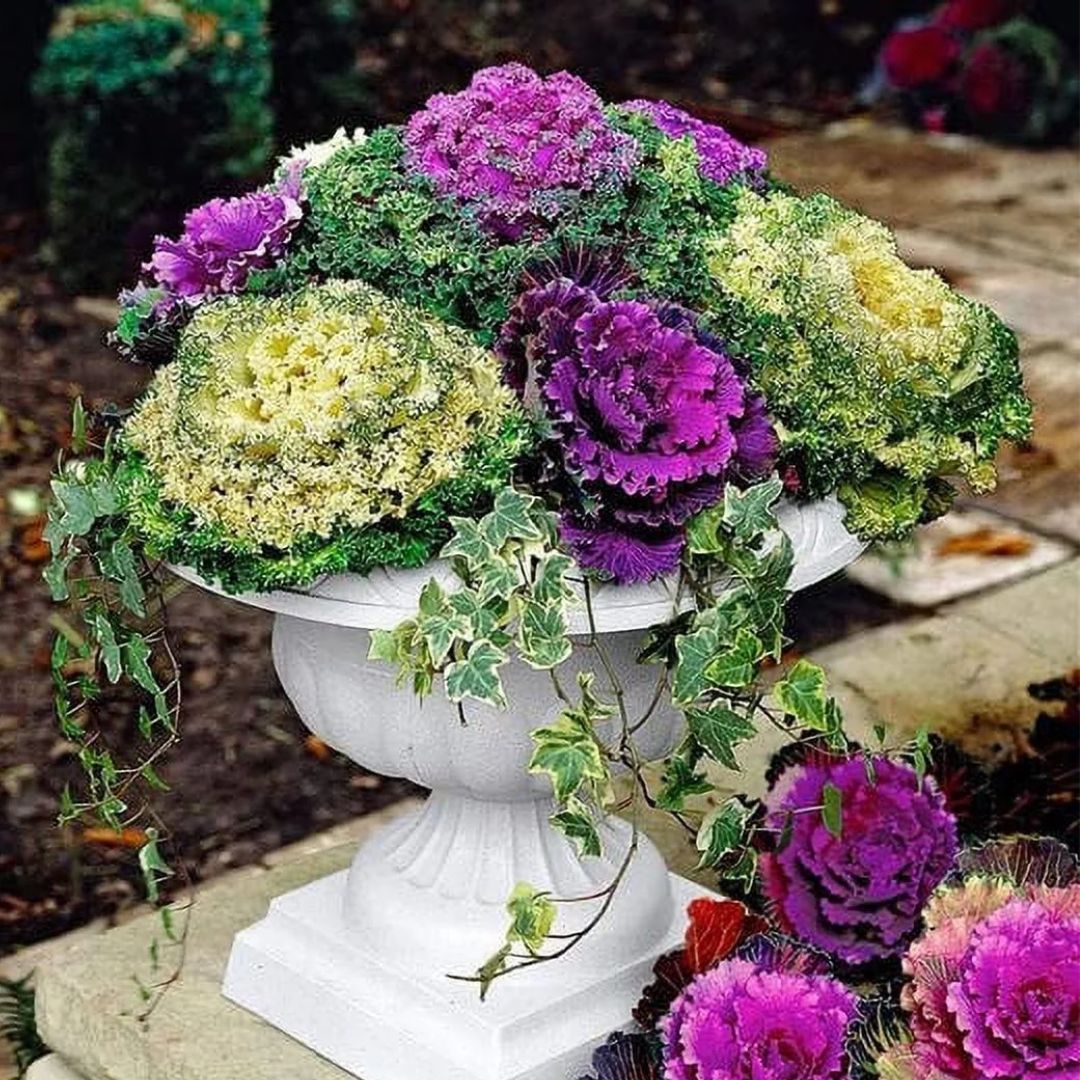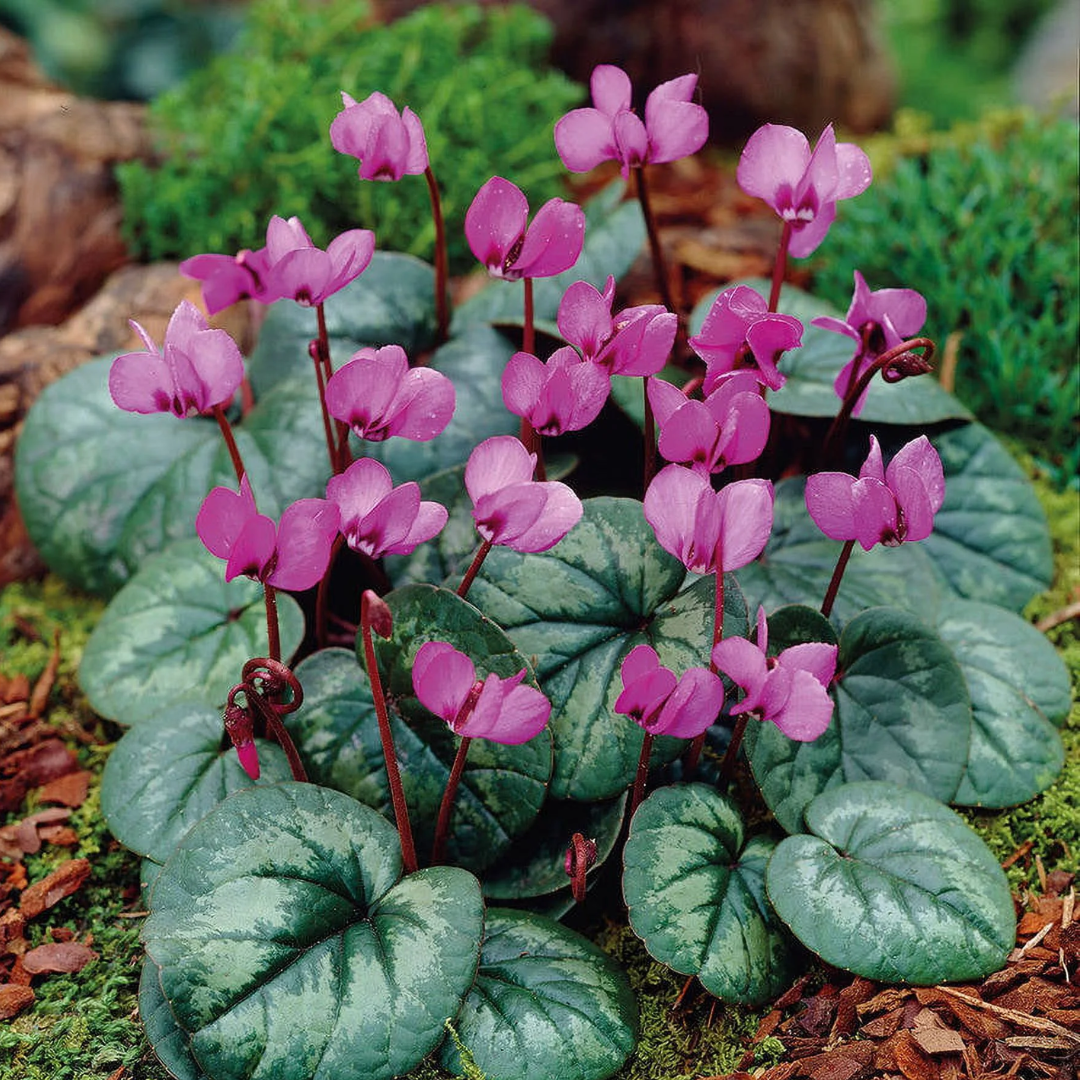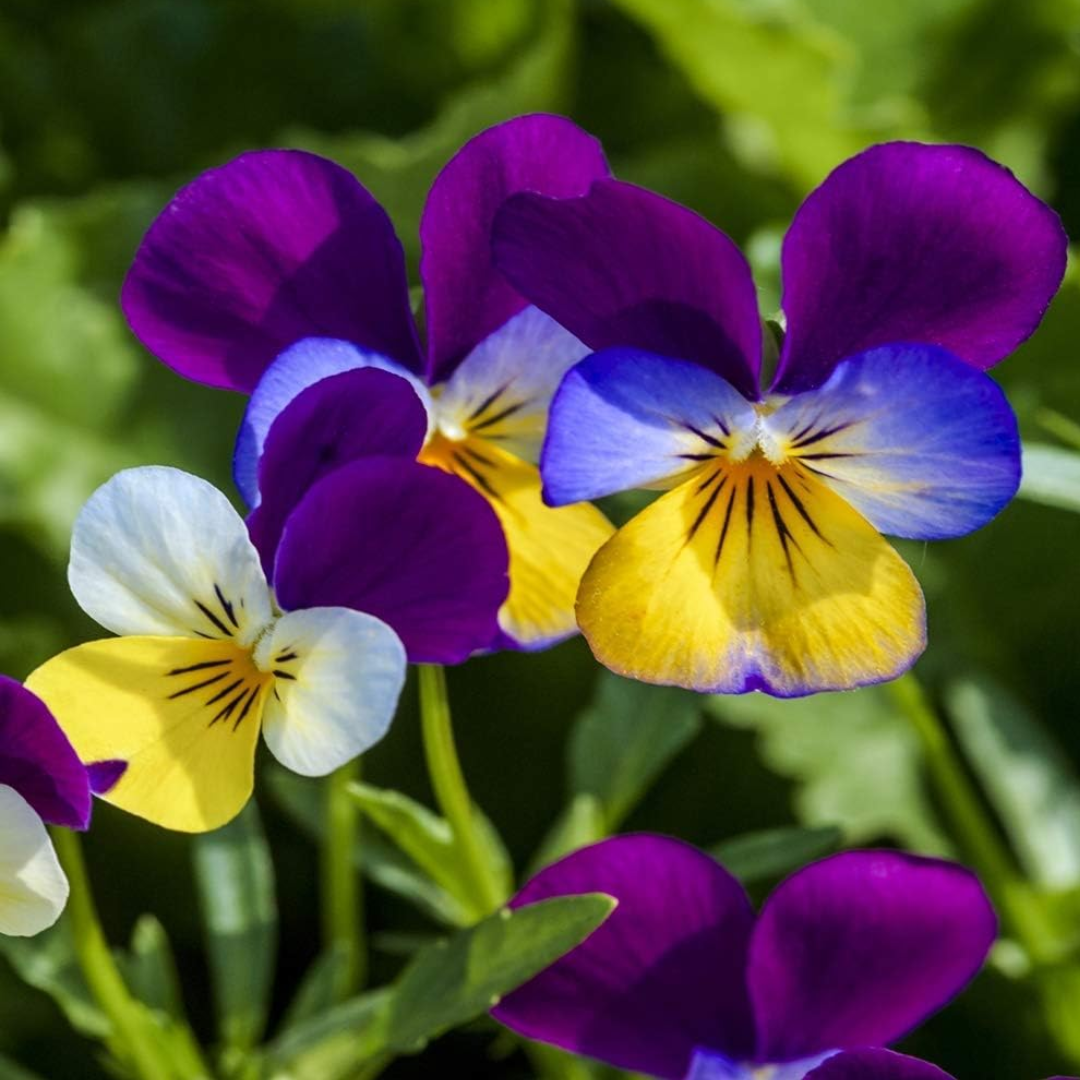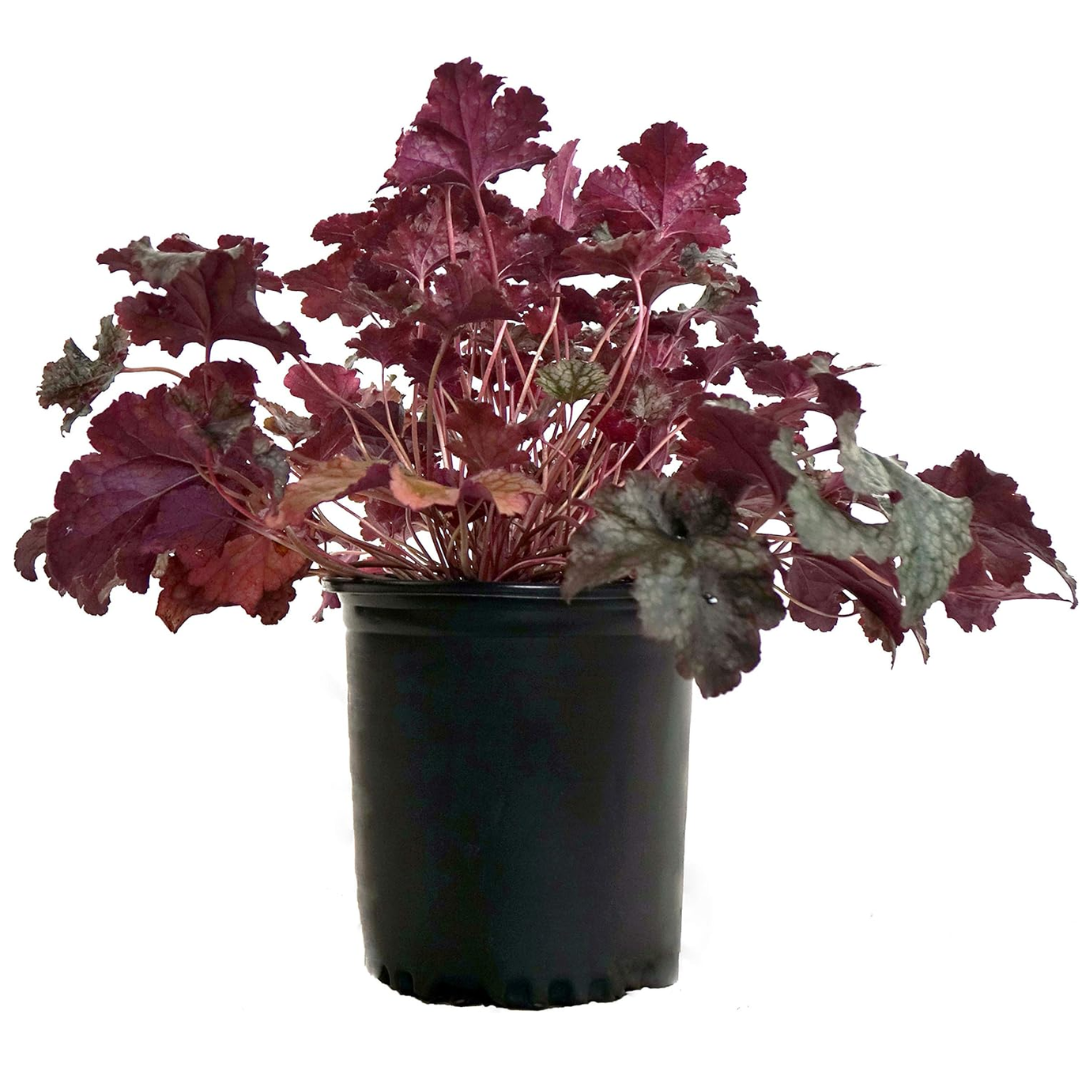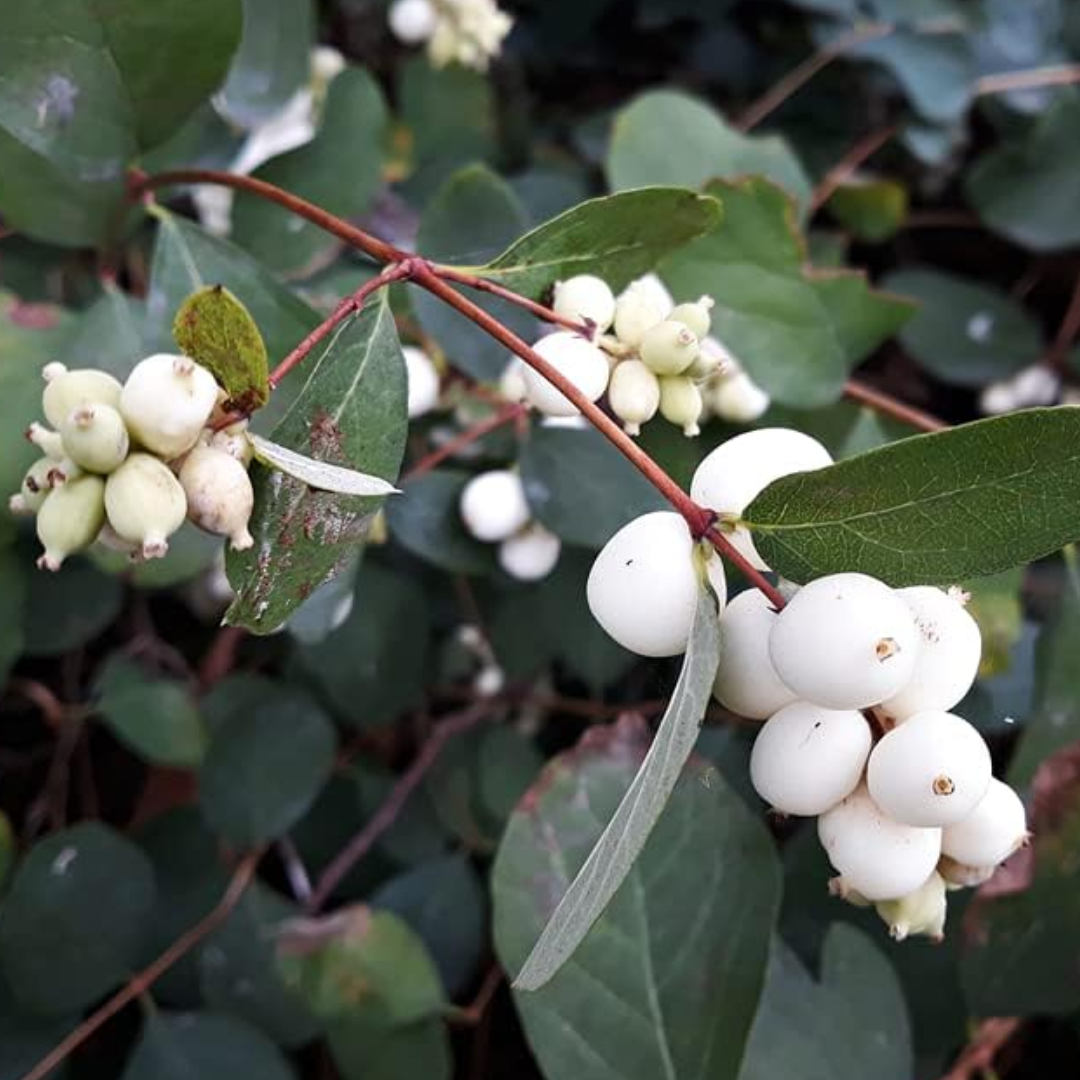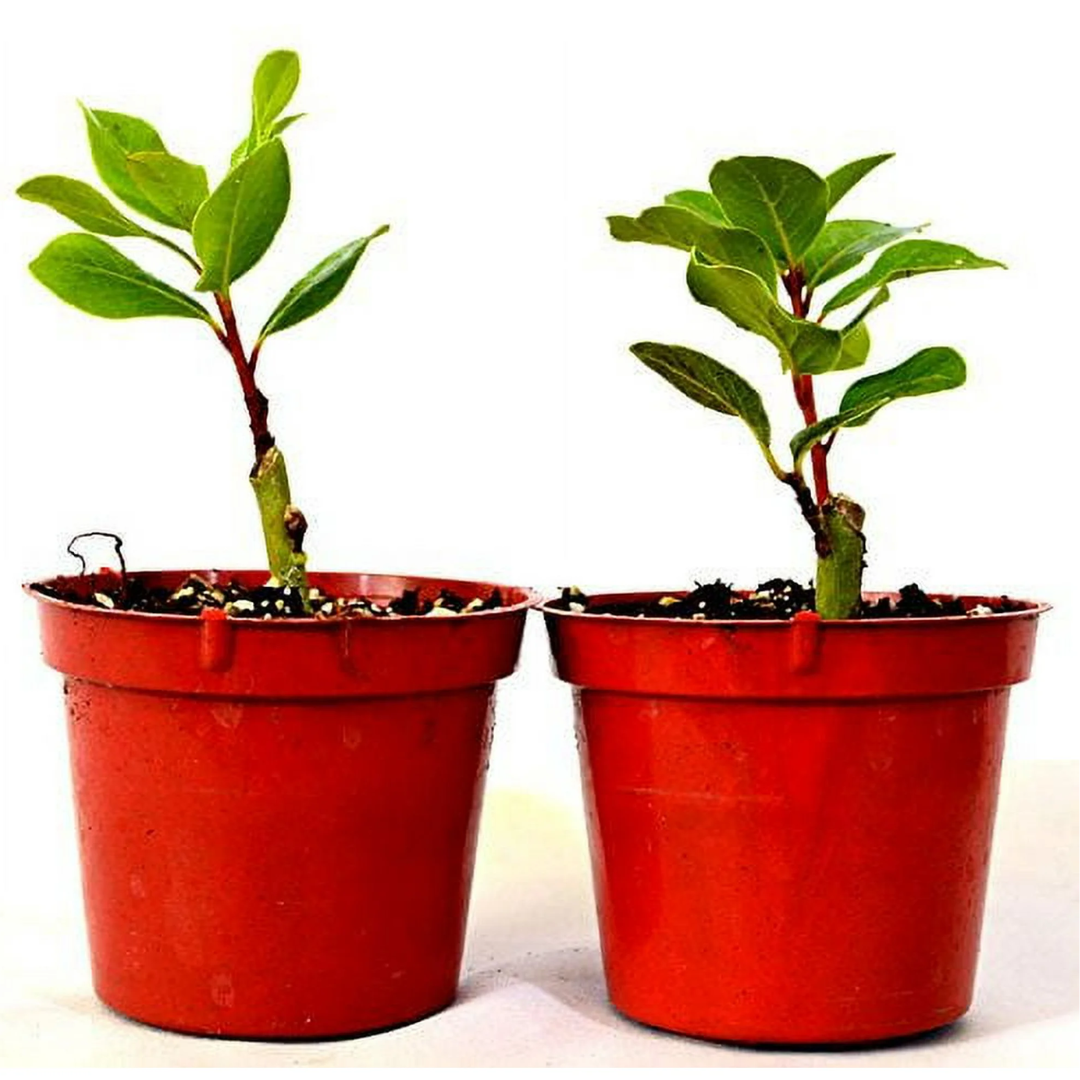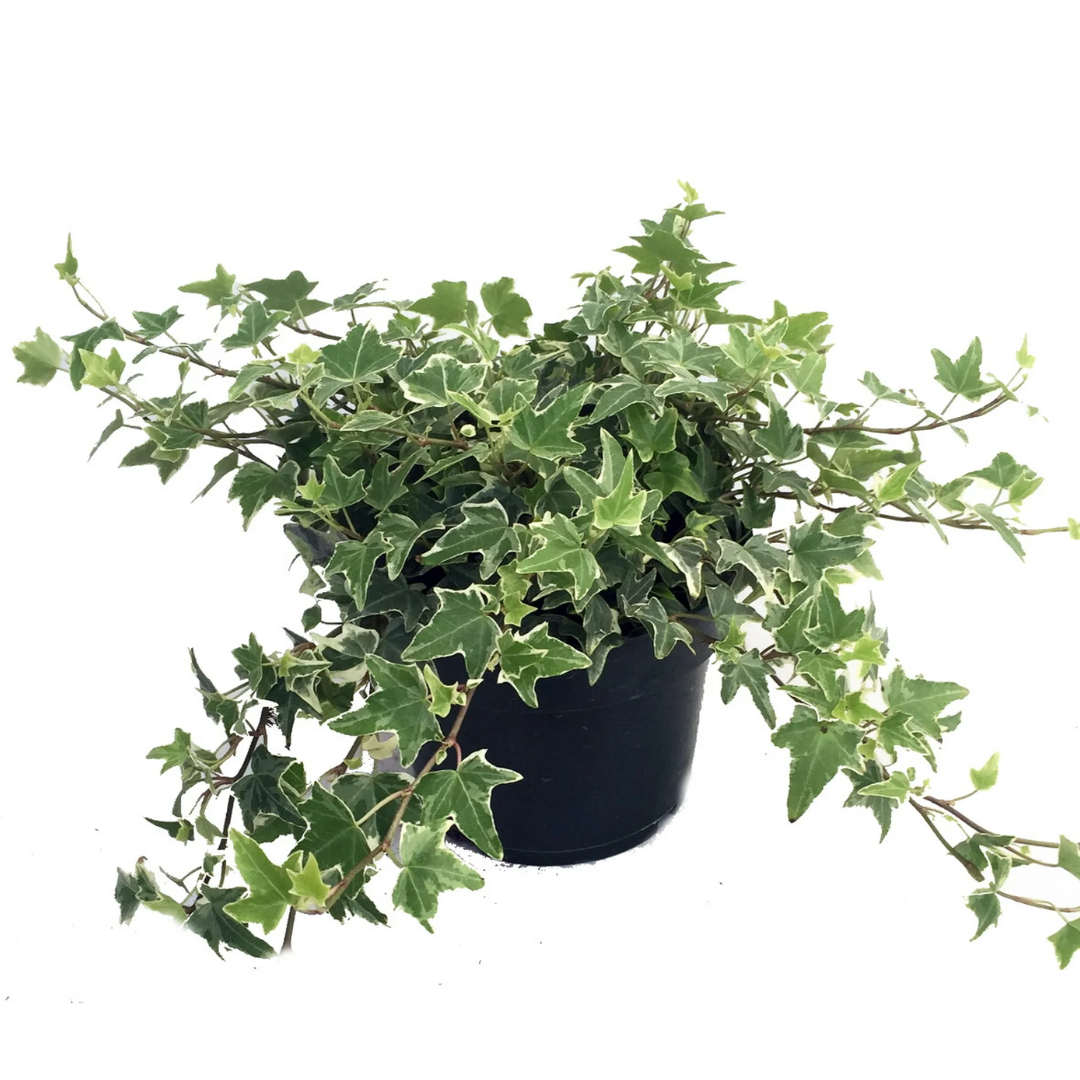7 Plants to Grow this October for Winter Color That’ll Make Your Space Insta-Worthy
Plant up your containers now and enjoy them all winter long with these long-lasting flowers and foliage suitable for even the coldest months
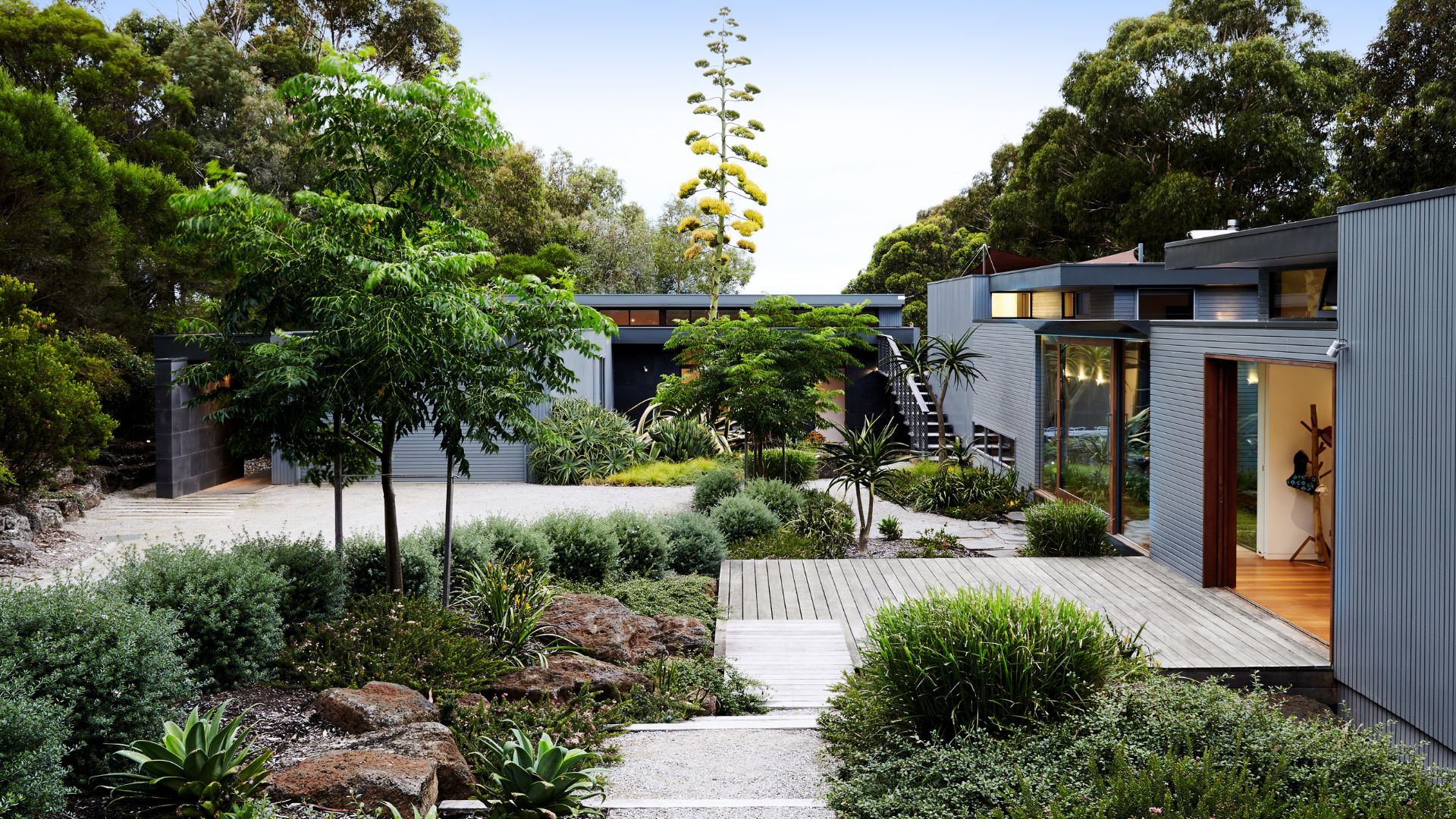
Let’s face it, gardening in winter isn’t everyone's idea of a good time. The wind is kicking up, the rain is having its moment, and the cold is starting to bite at your hands. For most of us, those balmy summer days are long gone.
If you want our advice, this is the time of year to start container gardening and create designs that will last all winter long on your balcony or patio and save hours of ongoing maintenance. No more worrying about deadheading or waiting for flowers to emerge. With these plants, you can create a sensational potted plant design that will immediately look great and — even better — stay looking great well into January, too.
Without further ado, here are seven plants you should grow in October for color and brightness during the cold, dark season.
1. Ornamental Cabbages
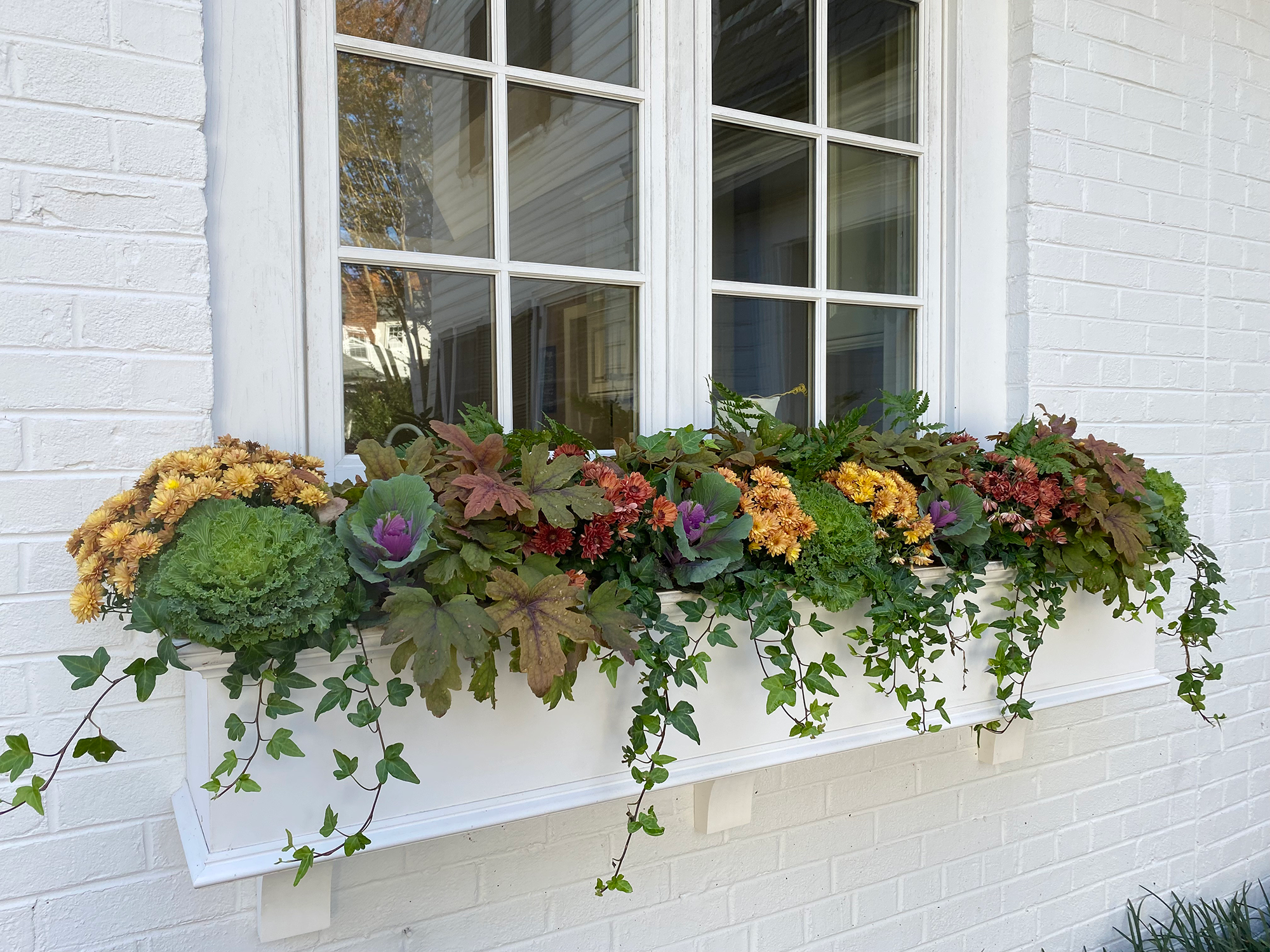
Though a cabbage on your patio might be a hard sell, you’ll have to stick with us on this one. Adding beautiful fall garden color — available in vibrant purple or fresh white colors, paired with thick green rosette-like leaves — the super-hardy ornamental cabbage looks great through all the frosts, rainfall, and winds that winter may throw at them. No need to worry about deadheading or pruning either; these guys take care of themselves.
Gardening expert Laura Janney, founder of The Inspired Garden, is a huge fan of this plant’s cold tolerance. "Cabbages are so incredibly cold-tolerant, sometimes we see them last through winter and into spring the following year." Due to their low-growth habits, they’re usually best placed at the edge of a container or even on the sides of hanging basket designs. But grouping a bunch of them together in one container is a great way to make an attractive entrance design — especially if you have taller planters.
Just be wary of slugs and snails, though. Those hungry gastropods just love munching on thick green-leafed plants like brassicas, so make sure you’ve got your slug and snail repellants to hand before planting them up.
2. Hardy Cyclamen
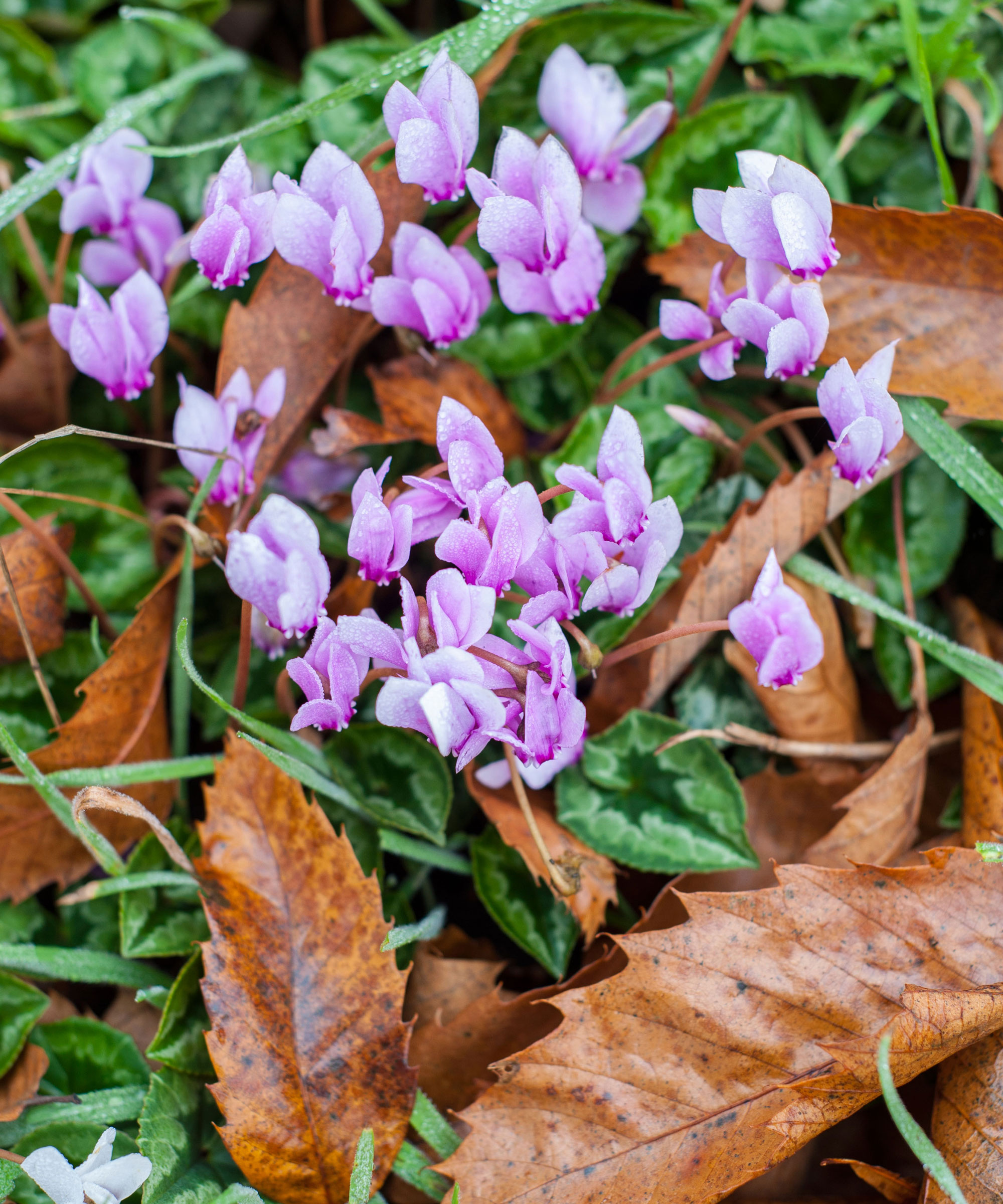
Known for bringing scattered dots of color to woodlands and other shady gardens, cyclamen are a tough flower that definitely deserves a space in your winter balcony design. Growing to only five inches tall, cyclamen flowers are a great pick for adding long-lasting interest to a window box without getting in the way of your view. They're also the perfect fall flower for raised garden beds. These kidney-shaped flowers come in a variety of shades, too, including bright pinks and reds to deeper purples and clean whites (one of our favorites for a real wintery feel).
"Halios® Purple Cyclamen is one of my favorite varieties of cyclamen and is perfect for containers due to its compact size," says gardening expert Sydni D'Amico at Fast Growing Trees. "Not only does it bloom in early spring and autumn, but it also blooms in winter! Their winter blooms will liven up your space and bring a pop of much-needed color when most other plants are dormant for the season."
"Make sure to plant your cyclamen in a pot with plenty of drainage holes for excess water to escape as these plants do not enjoy wet feet. Place your cyclamen in a location with bright, indirect light for the best results." Cyclamen are also fantastic annuals to plant at the top of bulb-filled containers while you’re waiting for your daffodils or tulips to emerge in spring.
We like to use them in a bulb lasagne-style planting, where your late-flowering bulbs (e.g. tulips) are planted at the bottom of your container, followed by a layer of daffodils, and finishing with an early-flowering bulb like crocus. Planting cyclamen on top will mean you have one container design that lasts from now until the end of spring. Don’t worry about the cyclamen plants interfering with the bulbs either; they’ll grow through the plants, and the cyclamen will naturally die back in spring.
3. Winter flowering violas
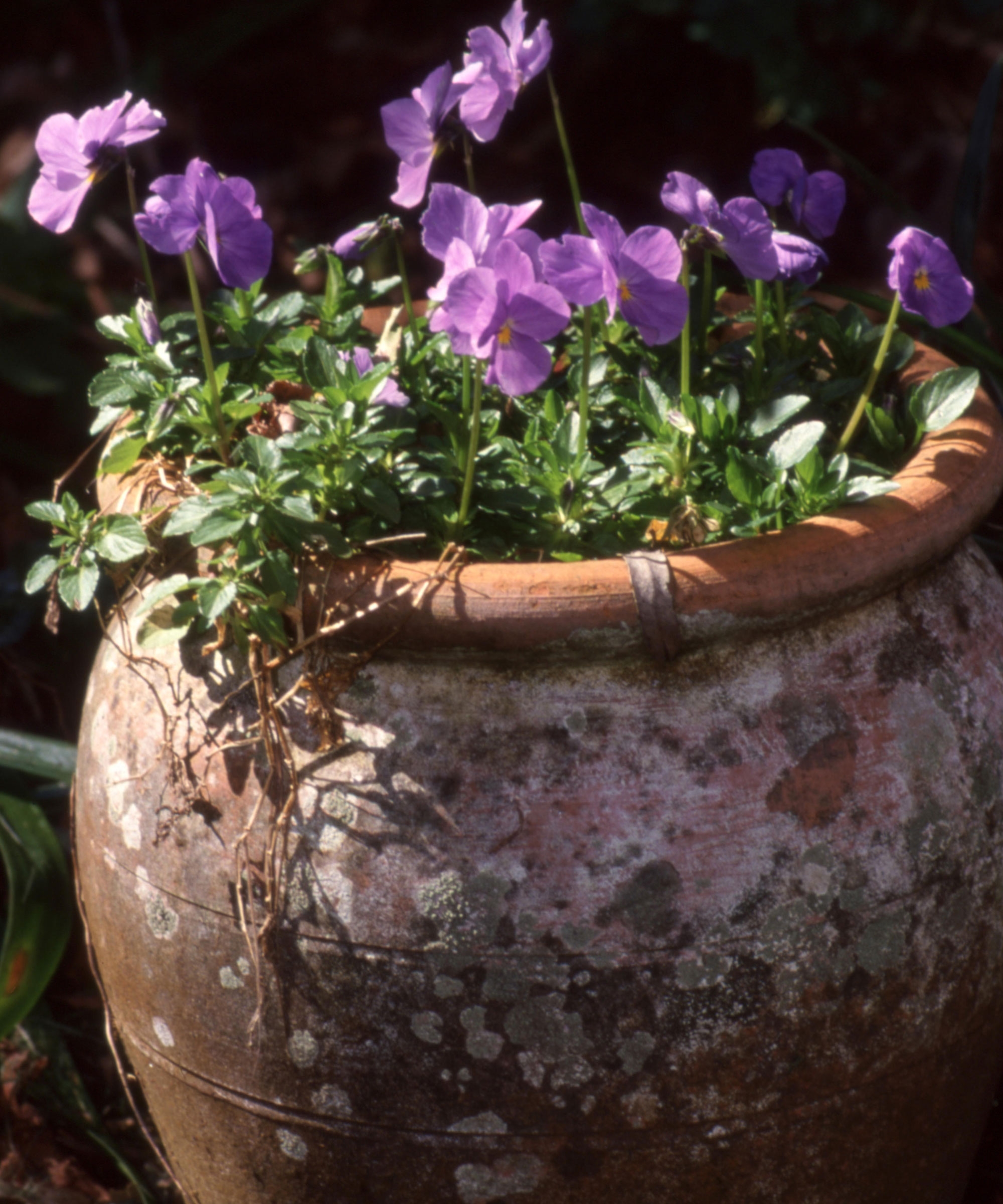
If you're looking for things to plant in October, this precious flower would be it. Though this flower may seem delicate, it’s a champion at withstanding harsh winter weather. Keeping compact at just six inches tall, winter-flowering violas are the smaller cousin of pansies, and a must for winter-round color in your containers. Plant them in full sun or part shade in well-draining containers, and they'll give you a display of blooms that you can enjoy throughout the season.
Expert Laura Janney says, "Pansies and violas are especially easy to plant when temperatures begin to drop, brightening up your garden effortlessly. They’ll keep blooming until temperatures dip into the low 40s, making them perfect for transitioning your garden from summer to fall." Plus, with so many colors available, they’ll fit in with any garden design. If you like warm or rich-toned flowers, look out for Viola 'Tiger Eye Red' and Viola 'Cool Wave Fire', or for a fresh cool-toned display try Viola 'Cool Wave Frost' and Viola 'Cool Wave White'.
For instant impact, opt for mature viola plants that are already flowering. However, if you want to keep costs down or invest more time in your display, violas are easily grown from seed. Simply plant the seeds in modular trays, keep the soil moist (but not wet), and leave them inside on a sunny windowsill to grow. They should be ready to plant out in about four to six weeks and will flower in around 12 weeks.
4. Heuchera

Want the experts' pick and the best container filler plant? Gardening professional Jen McDonald at Garden Girls says heucheras should be on every gardener’s wishlist for winter container plants. "Heuchera is a fabulous hardy perennial," says Jen. "I love 'Frosted Violet' which is low-maintenance and works well in floral displays. Its deep-purple hue, combined with hints of silver, lend particularly well to autumn and winter gardens."
"This variety works well in large pots or in-ground, especially when planted in masses. Another bonus? It works well in shady spots like balconies or porches and will thrive in well-draining soil." If you’re after a perennial-based container design that you can plant up now and forget about, we love incorporating heucheras in containers with small ornamental grasses and hardy herbaceous plants like Lamb’s Ears (stachys byzantina). The deep purple hue of heuchera’s foliage creates a beautiful contrast against lighter-colored grasses, especially when they lose color in fall.
5. Snowberry

Though this plant may be deciduous, you can't beat its berry-smothered stems come winter. Suitable for zones 3-7, snowberries are great for adding a wintery-touch to your balcony containers (especially after a frost). Though they may not provide flowers in winter, their fruit-bearing stems certainly add architectural interest to a garden design — plus, the birds love them. But don't worry, you'll still get your show of blossoms in spring, where they’ll produce delicate pink flowers at the end of their stems.
Pruning is key for maintaining your snowberry’s shape and size though, especially in a container. Be sure to give your snowberry a good prune in spring with the right pruning tools — after all, your plant has finished fruiting. Cut too soon and you’ll be chopping off next season’s fruit.
"Pinky Promise™ Snowberry is one of my favorite snowberry varieties for container use," says Sydni. "Since they’re deciduous plants, once their leaves fall off in autumn, they showcase the branches loaded with clusters of ornamental berries. These bright pink berries form after their blooms in late summer and persist throughout the winter and into the following year."
6. Bay Laurel

For a balcony or patio design that works well year-round, evergreens are a must. After all, evergreens are the skeleton of any garden design, especially in winter, and are known to be the best trees for windbreak. They’re reliable and hardy enough to withstand all the elements, plus they give your yard an essential framework of color. Needless to say, if you haven’t got a few statement evergreen shrubs, you need some, stat.
Sure, holly bushes are a great choice of evergreen for this time of year. Nothing says holiday-spirit like those glossy green spiked leaves adorned with red berries. But we’ve actually got another evergreen in mind — bay trees. Bay laurels, known technically as laurus nobilis, are relatively slow-growing aromatic evergreen shrubs that are ideal for containers on balconies, patios, and porches. Native to the Mediterranean, garden nurseries train them in a whole variety of shapes, from lollipop-style trees to compact cones and free-growing screening shrubs. Plus the leaves are edible, and perfect in wintery stews and soups!
These shrubs like well-draining soil and full sun to part shade, so be sure to combine a good amount of grit into your compost when planting. A word to the wise though — always opt for a frost-proof container. Though aged terracotta pots are enticing, they rarely stand up to harsh frosts — we learned that one the hard way.
7. Trailing Ivy
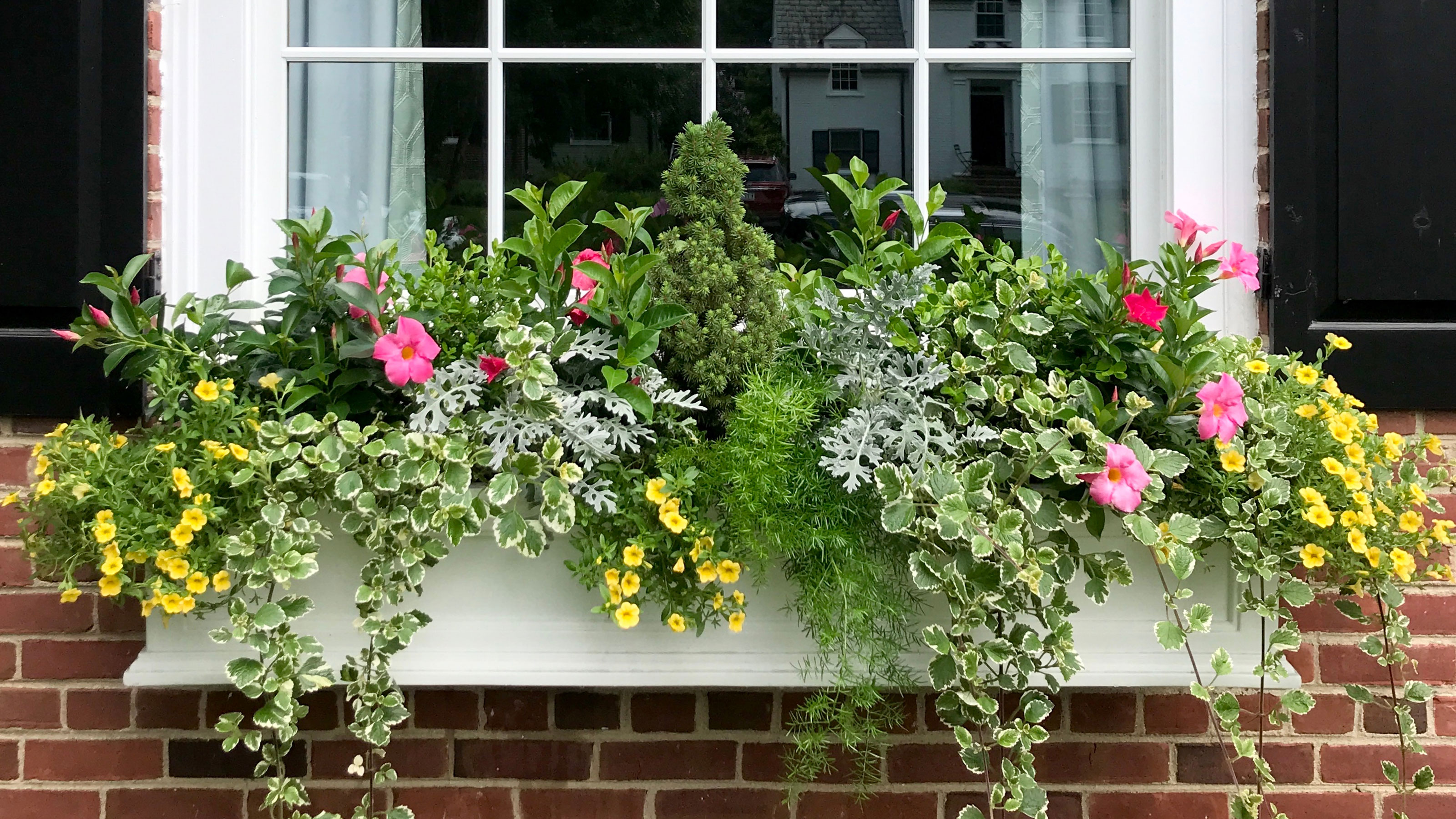
The perfect cascading flowers for window boxes, trailing ivy is another winter container plant that’s great for adding color and texture at this time of year. Whether you’re using it with other perennials for a long-lasting container design or nestled amongst smaller winter annuals like pansies and violas to soften the edges of containers, with this plant, you simply can’t go wrong.
Pretty tolerant of most soil conditions, and a good grower in both shade and full sun, ivy is great for planting and forgetting about — just be sure to keep the soil well-watered. It’s a favorite of Jen McDonald’s at Garden Girls, too. "I have two favorite ivy varieties for winter containers," says gardening expert Jen. "A small leafed English Ivy is beautiful as a 'spiller' and can range in hue from dark green to variegated. I use English Ivy in my smaller containers and window boxes frequently and it does very well in winter."
"My second favorite is Algerian Ivy, which has a larger, rounded leaf. I favor this Ivy in large to extra large pots and around my potted fruit trees. It is hardier than English Ivy because it requires less moisture and typically drops fewer leaves."
FAQs
Is October too late to plant plants?
It is certainly not too late. It's a good time to plant trees, perennials, and shrubs until the winter freeze. In order to have a successful planting season, you should ensure you place your plant into the soil properly and take the correct steps to tend to your plants' needs.
Check if your plant may be overwintering or if it can stand the winter freeze. Before planting anything, ensure you do your research.
Be The First To Know
The Livingetc newsletters are your inside source for what’s shaping interiors now - and what’s next. Discover trend forecasts, smart style ideas, and curated shopping inspiration that brings design to life. Subscribe today and stay ahead of the curve.
Matilda Bourne is a freelance homes, gardens and food writer, stylist and photographer. Known for creating and capturing content for multiple international brands, her work has been featured in The Telegraph, The Daily Mail, and Hello! magazine. When she’s not writing, you can usually find her tending to her much-loved garden and scouring thrift stores for vintage furniture.
-
 The Weighted Blanket That Doesn’t Make You Sweat (and the Eye Mask to Match)
The Weighted Blanket That Doesn’t Make You Sweat (and the Eye Mask to Match)Luxury has weight. And apparently, volcanic minerals
By Julia Demer
-
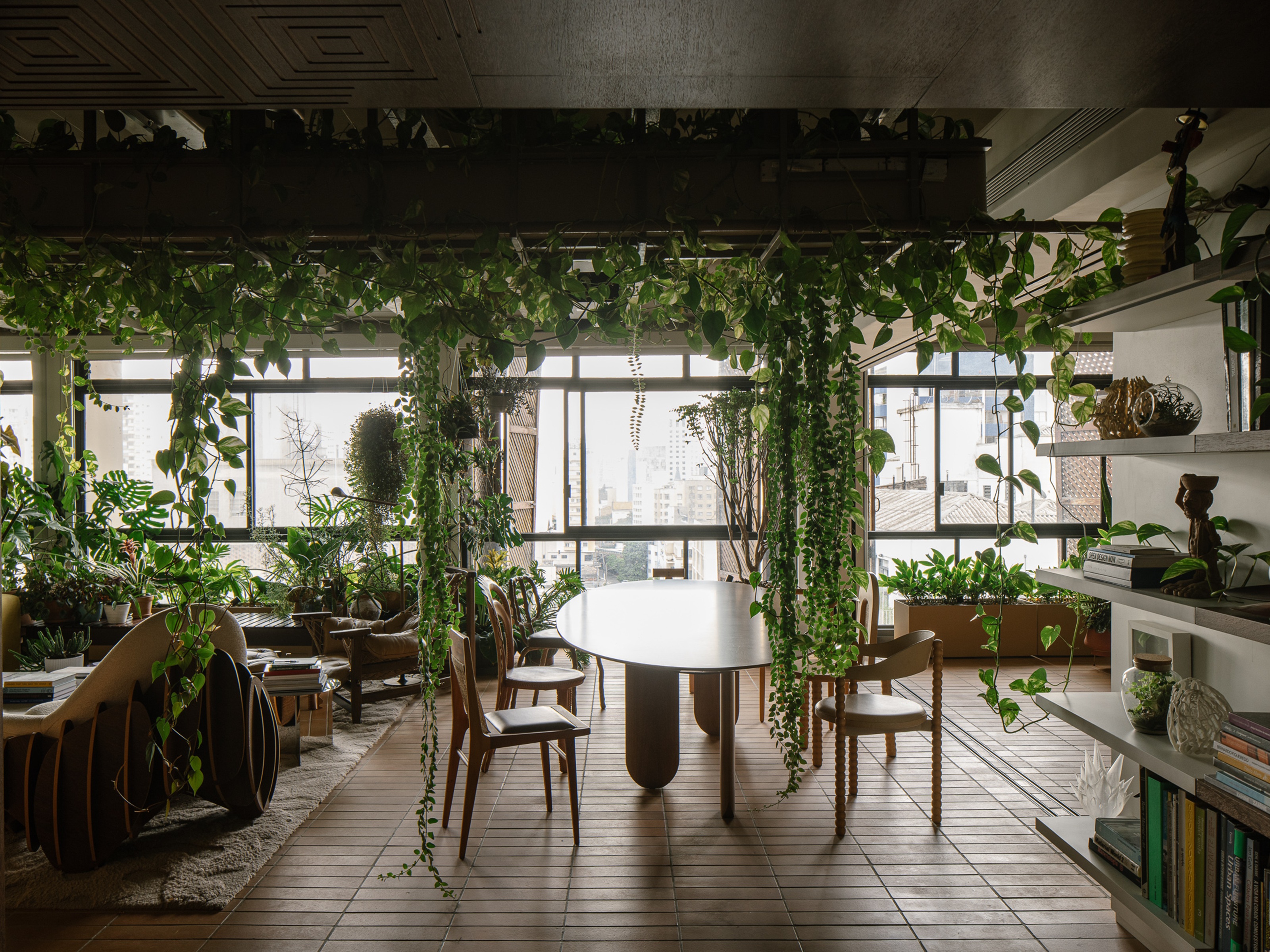 What Is Biophilic Interior Design? I'm an Actual Biophilic Designer, and This Is How to Apply It to Your Home
What Is Biophilic Interior Design? I'm an Actual Biophilic Designer, and This Is How to Apply It to Your HomeA biophilic designer explains the core principles of this practice, and the easy ways you can apply it to your home's design
By Marianna Popejoy
-
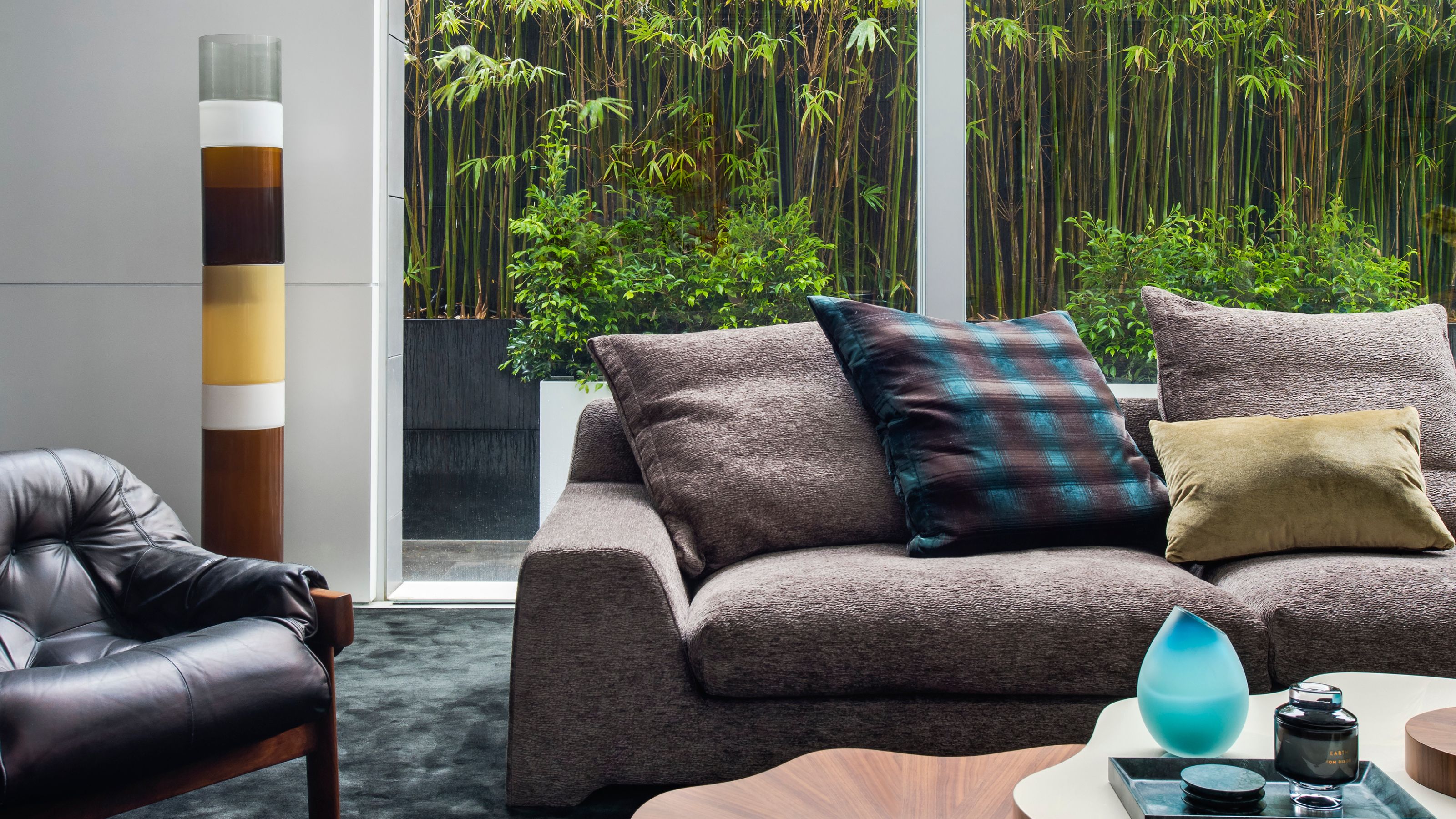 These Are the Dos and Don'ts of Bamboo Plant Placement — Follow This to Avoid Bad Feng Shui
These Are the Dos and Don'ts of Bamboo Plant Placement — Follow This to Avoid Bad Feng ShuiBy following the experts' guidance on where to place this houseplant you can usher luck, wealth, and prosperity into your home
By Lilith Hudson
-
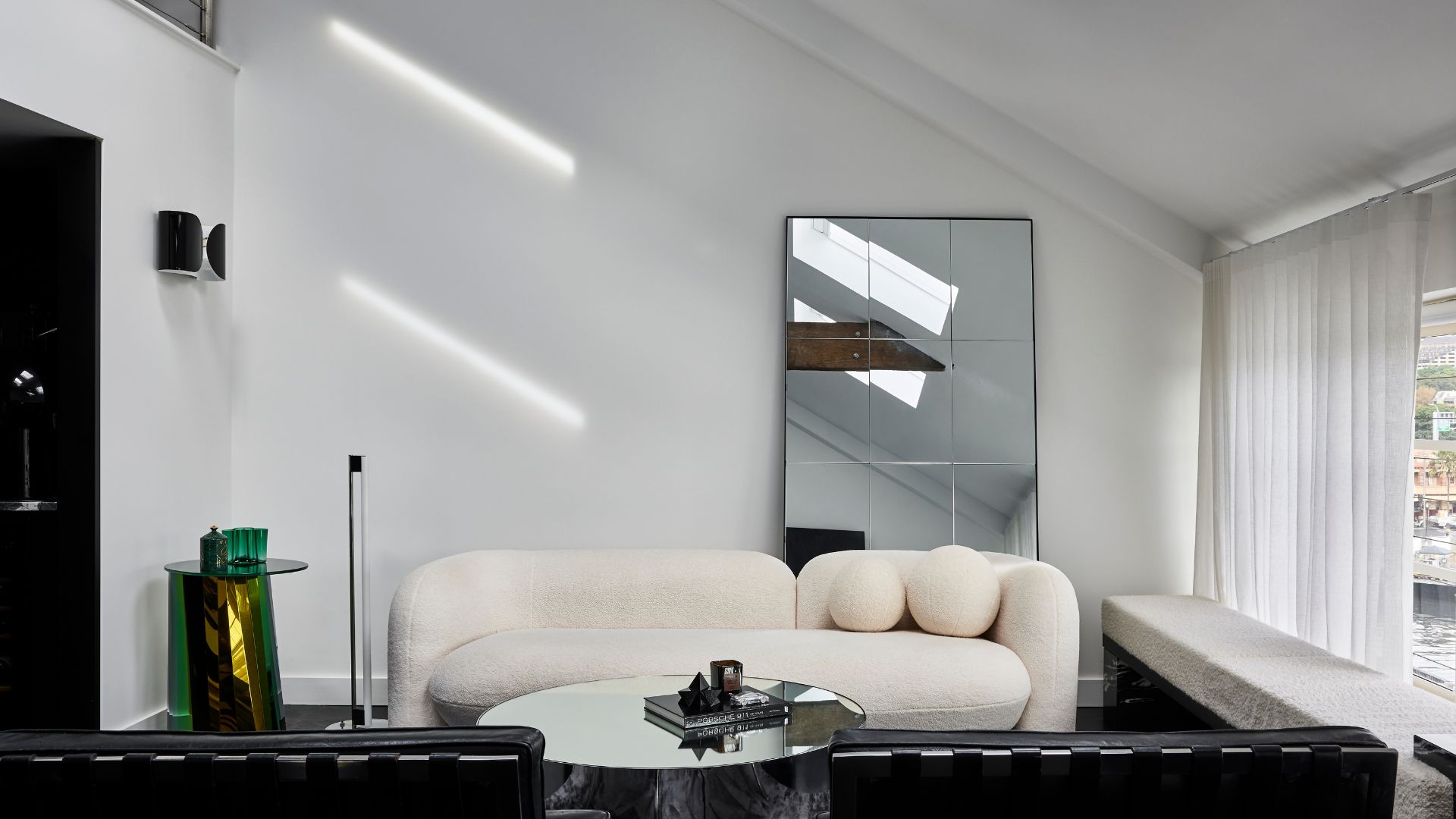 Is It Okay to Have a Mirror Facing a Door in Feng Shui? The Verdict Is In and It Just Might Surprise You
Is It Okay to Have a Mirror Facing a Door in Feng Shui? The Verdict Is In and It Just Might Surprise YouDecorating your home with mirrors calls for intention if you're dressing your space in accordance with Feng Shui. Here's what you should know.
By Amiya Baratan
-
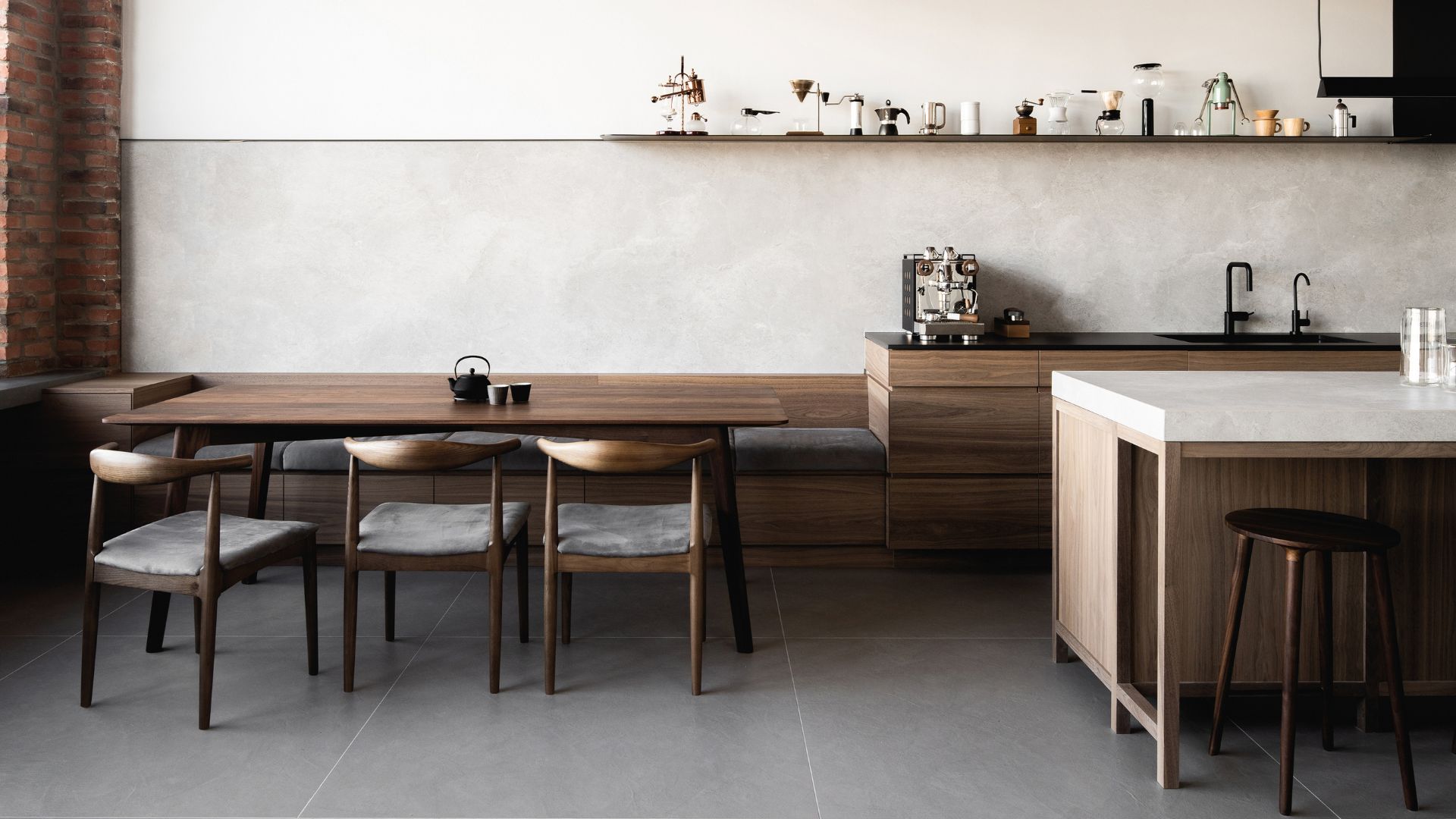 4 Things to Unpack as Soon as You Move House — For a Comfortable and Organized Fresh Start
4 Things to Unpack as Soon as You Move House — For a Comfortable and Organized Fresh StartIf you have a major move in the works and you're looking to prepare in advance, this is the starter kit you need to properly set up your new home.
By Amiya Baratan
-
 10 Decluttering Challenges to Have on Your Radar This Year — For a Tidier, More Mindful Home
10 Decluttering Challenges to Have on Your Radar This Year — For a Tidier, More Mindful HomeIf you're interested in transforming your home for the better, here are 10 decluttering challenges I recommend for a professionally tidy space.
By Amiya Baratan
-
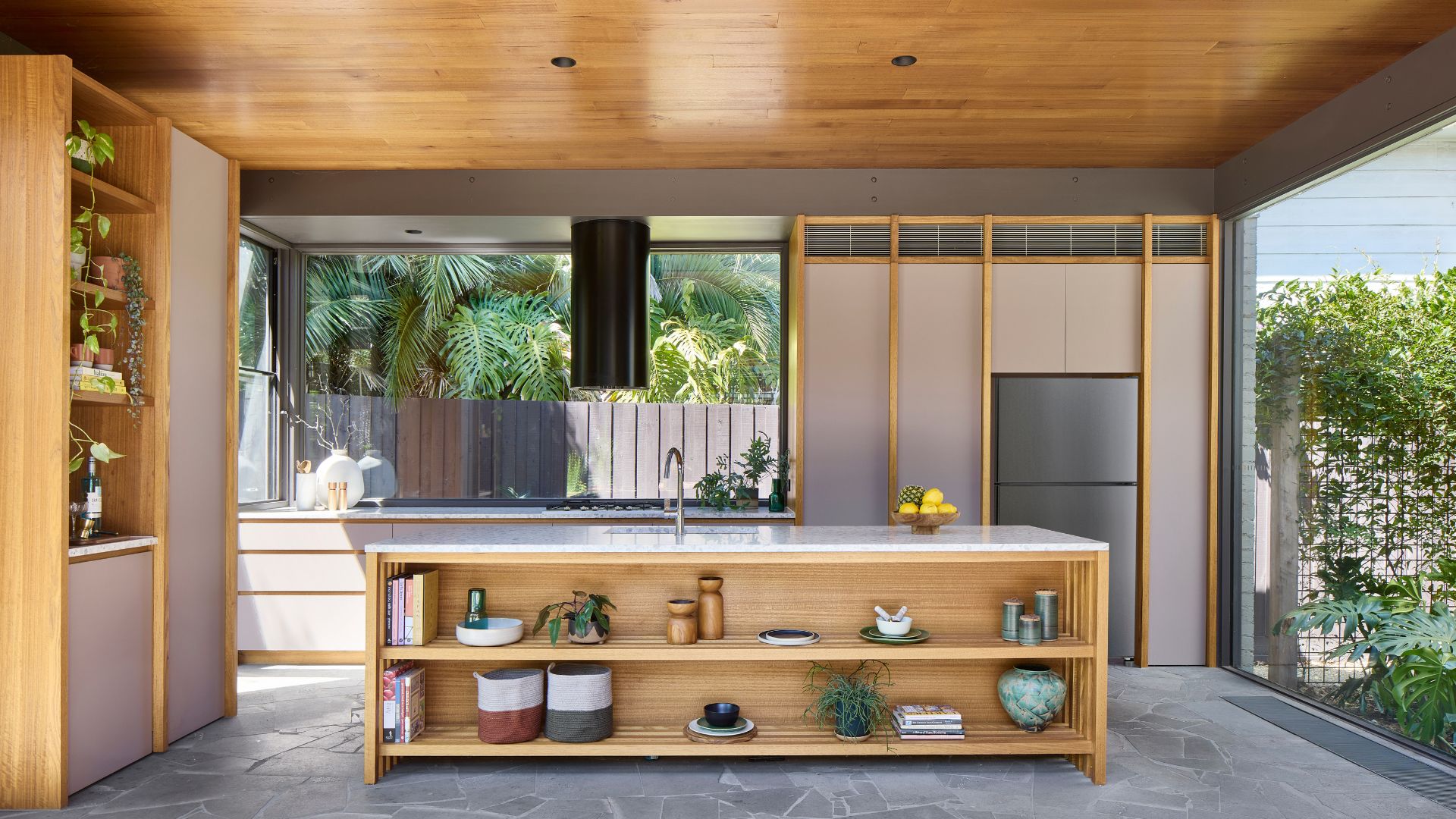 Biophilic Decluttering — What to Take Out of Your Home (and What to Put in) for a More Natural Home
Biophilic Decluttering — What to Take Out of Your Home (and What to Put in) for a More Natural HomeTry your hand at biophilic decluttering to ground your interiors, connect to the environment, and cure chronic clutter in one go. Here's how.
By Amiya Baratan
-
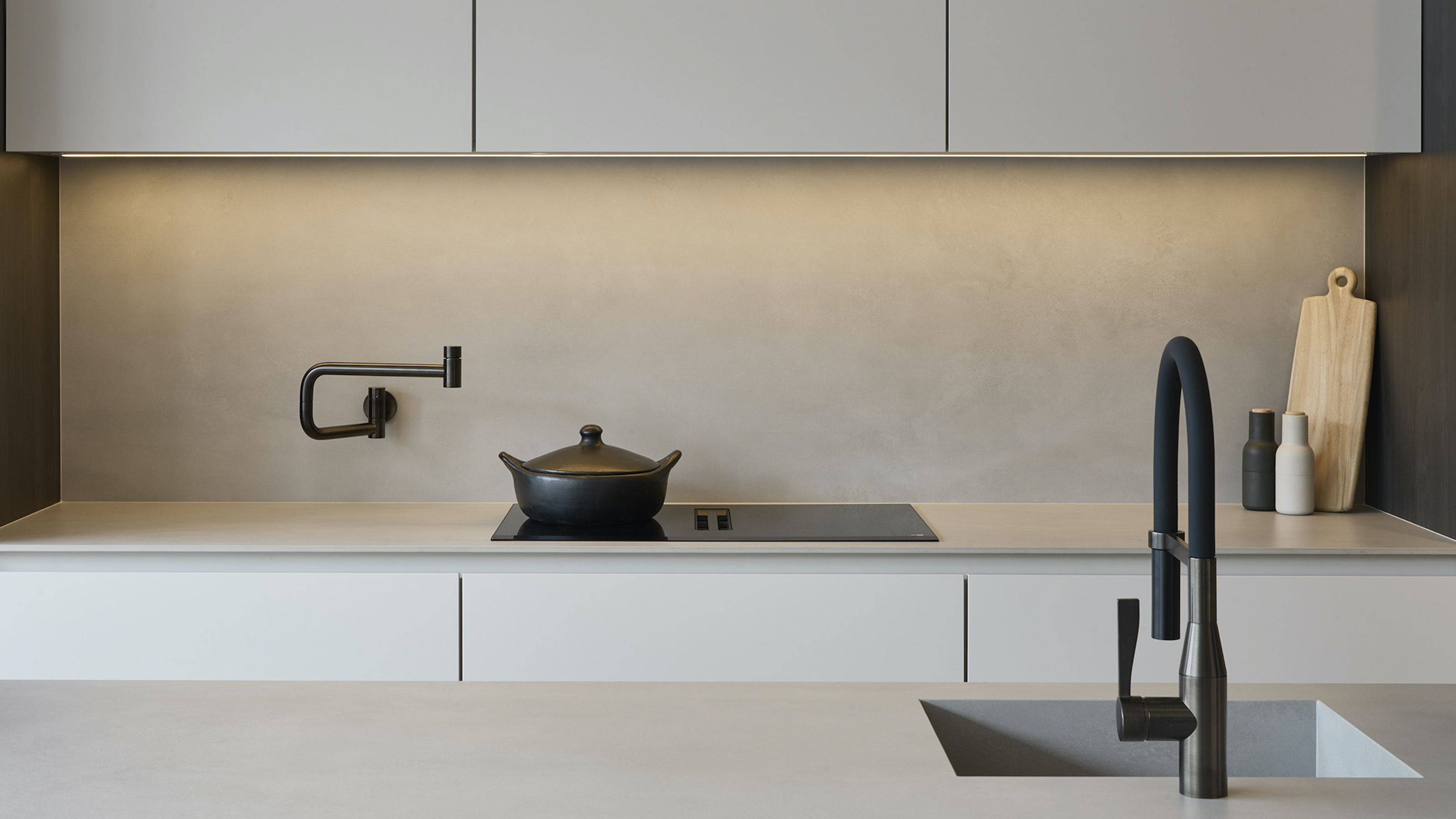 The 10 Different Types of Kitchen Taps — And the Pros and Cons of Each One to Know Before You Pick
The 10 Different Types of Kitchen Taps — And the Pros and Cons of Each One to Know Before You PickFrom sleek pull-outs to vintage bridge taps, explore 10 kitchen tap styles that mix function, flair, and a splash of cool
By Linda Clayton
-
 How Much Does an Extension Cost in 2025? Renovation and Design Experts Break Down Your Budget
How Much Does an Extension Cost in 2025? Renovation and Design Experts Break Down Your BudgetExplore how much different types of extensions cost in 2025 to budget for your project accurately
By Amy Reeves
-
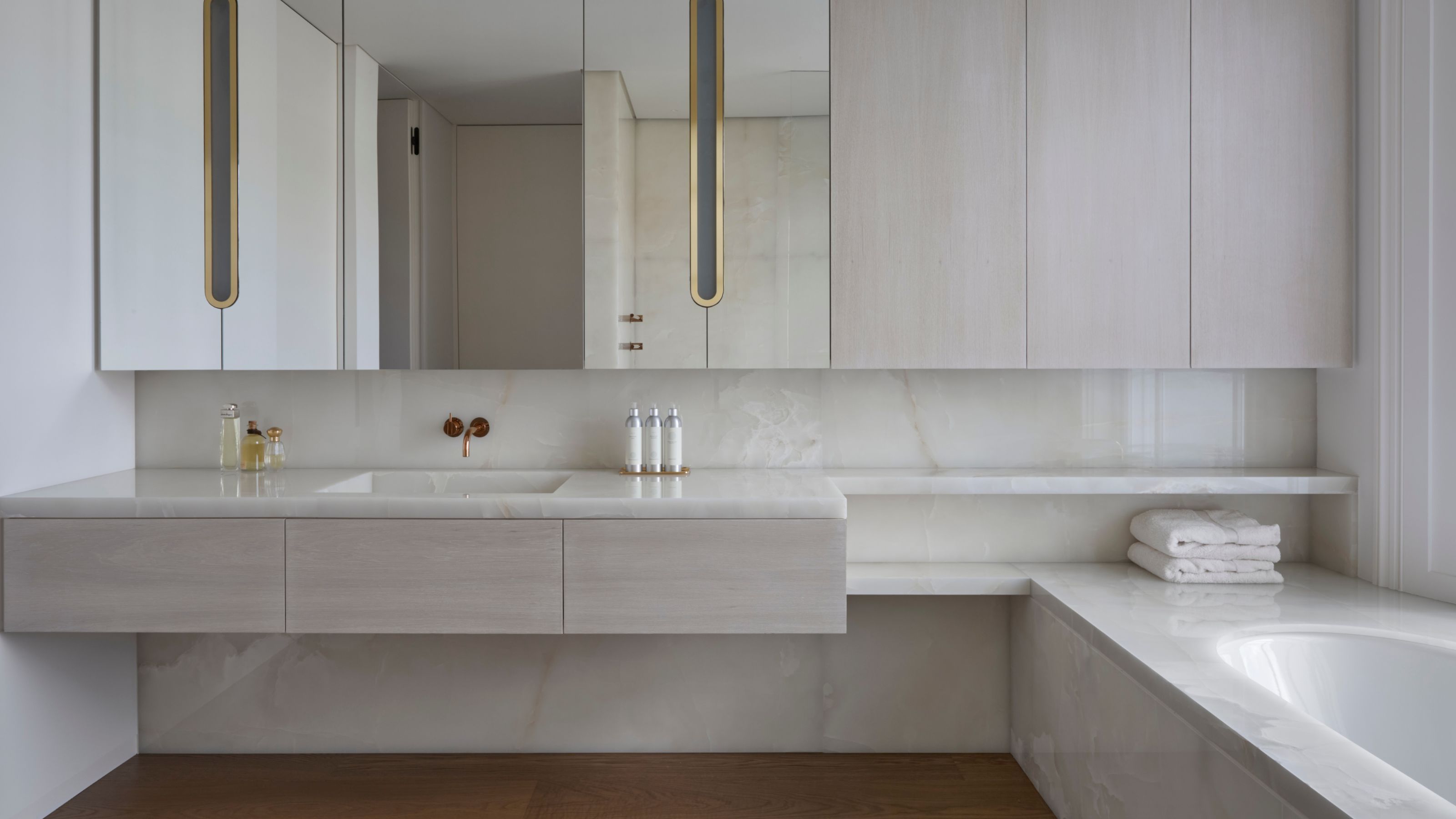 9 Bathroom Storage Mistakes You're Probably Making That Make Using This Space Much Harder — And What to Do Instead
9 Bathroom Storage Mistakes You're Probably Making That Make Using This Space Much Harder — And What to Do InsteadDiscover which mistakes are to blame for your overcrowded and cluttered bathroom
By Seraphina Kyprios
